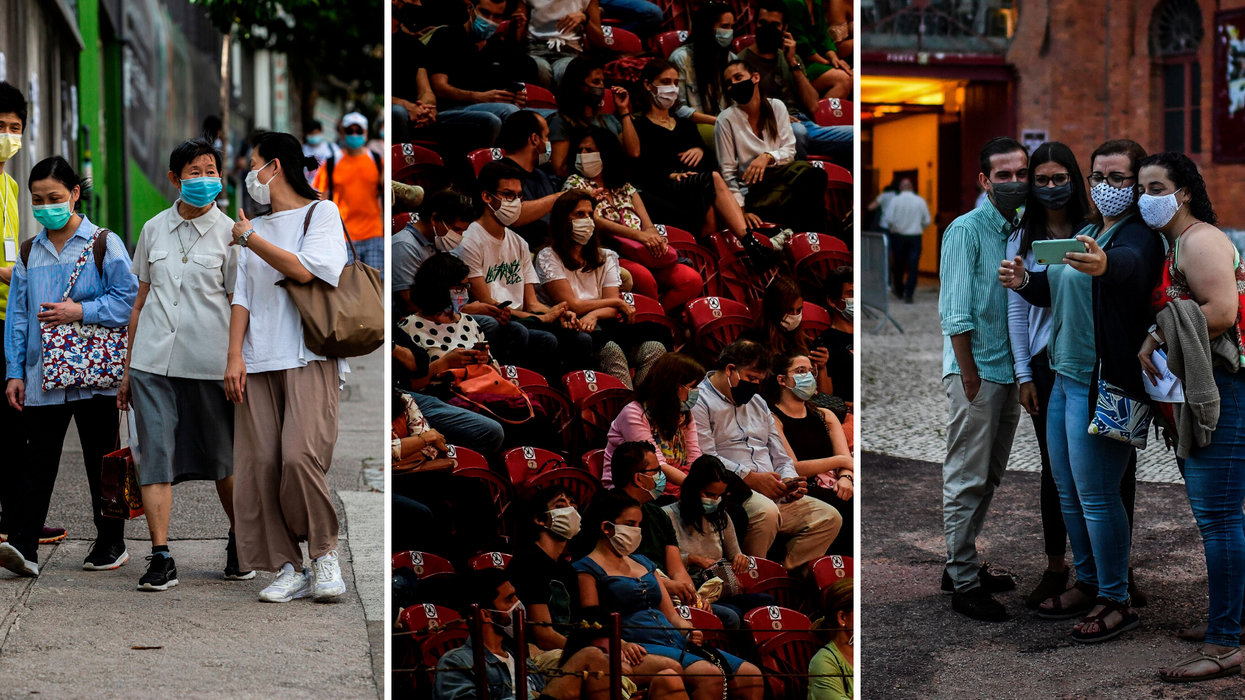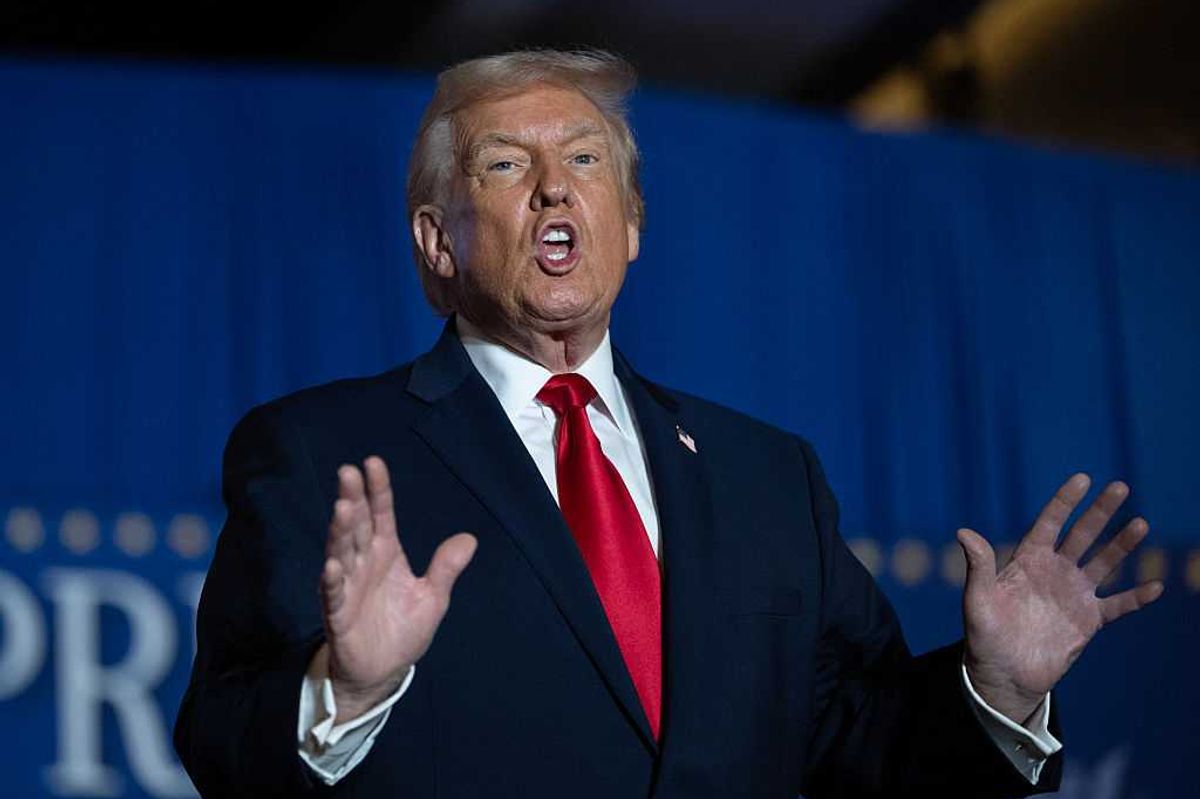News
Sanjana Varghese
Jun 29, 2020

Getty Images
One of the crucial elements of the government’s post nationwide lockdown plan is local lockdowns.
There are currently reports that Leicester could be braced for the UK's first "local lockdown" after Matt Hancock these local measures would form a fundamental part of England's long-term coronavirus strategy.
As the number of Covid-19 cases in the UK seemed to move past the peak in May, infection numbers and deaths were higher in some parts of the UK than others. In London, once the epicentre of the Covid-19 transmission in the UK, the number of infections has fallen sharply. In the northwest, numbers are continuing to rise.
In some parts of the country, the virus is still spreading.
There’s kind of a shorthand for measuring this – the R number, which is a figure which indicates the rate of transmission of the virus. If it’s below one, that’s widely seen to be good news – in parts of the UK, particularly the south-east, it’s hovering somewhere between 0.7 and 0.9.
In the UK, the government has set up a Joint Biosecurity Centre, which would monitor the outbreak with an eye to local transmission. It’s made up of civil servants, who would work alongside SAGE, who will advise ministers on how to deal with regional outbreaks – although the details of how they would do so are not yet clear.
But there's still confusion about what "local lockdowns" will actually look like in the UK.
Micro-lockdowns may also only work if the UK’s testing and tracing system is expanded, which looks to be tricky at the moment – particularly as the Covid-19 app for smartphones isn’t up and running yet either. There may be the necessity of a localised furlough scheme, as well as questions about what enforcement there would be of a local lockdown, particularly in areas that may have a reduced council presence.
However, local lockdowns have been imposed in other countries, to degrees of varying success and public compliance.
Germany
In Germany, states have formed the Covid-19 response at a local level, and some states lifted restrictions earlier than Angela Merkel had expected them to do. Any community which sees an infection level exceeding 50 people per 100,000 must return to lockdown. On the 10 May, over 100 people were infected after a church service in Frankfurt. Since then, multiple clusters have formed from meatpacking plants around the country, as well as at Amazon warehouses.
Rhina-Westphalia region has gone under lockdown again after a spate of infections at a meatpacking plant – 1,700 people tested positive. In Berlin, the r number has increased briefly to 1.37, since bars and restaurants reopened in the middle of May.
Schools have been closed again, and now will remain closed until next year, as summer holidays begin again on the 29 June. Museums and fitness studios were shut, and people are now only allowed to meet one person from outside of their household, but restaurants and cafes remained open with strict guidelines.
At a meeting at a local town hall on Tuesday of this week, the head of the district authority in the affected region called the new regulations “lock-down light”, and said that the lockdown regulations could be lifted within a matter of weeks.
Others pointed out that because the root of the infections was known – that it was a big meatpacking plant - there should be some kind of consequences for them. Meinolf Hartkemper told the Guardian, “I am frustrated and angry. We followed all the stipulations, whereas this big company appears to have done nothing of the sort.”
China
China was the first country in the world to lockdown – in January, after the first reported cases of Covid-19. Since then, infections have dropped and then risen again, particularly after worries of ‘imported’ infections from people at various borders. Wuhan, where the Covid-19 virus is confirmed to have first been identified, has gone back into lockdown several times since then, with measures gradually being lifted and relaxed.
On the 13 June, Beijing reimposed lockdown measures after locally transmitted Covid-19 cases continued to emerge. This outbreak also seems to be linked to a market – Beijing had gone for nearly two months with ‘only’ imported infections.
Sports events were suspended, tourism from other parts of China was barred, and primary schools weren’t allowed to reopen. Now, the market where this outbreak was thought to be identified from is surrounded by the military and by the police, on 24 hour watch. Volunteers are testing and tracing, going door to door in various parts of the city to ask if anyone had been to that market and encouraging people to get tested.
Earlier in May, 108 million people in the northeastern region of China have been put back under lockdown conditions as a result of a growing cluster of infections. Schools have been shut again, and thousands of people have been quarantined even if they don’t show symptoms of the virus. Moreover, anti-fever medication at drugstores have been banned – so that people’s symptoms are obvious – even though cases were only rising in the single digits.
Italy
Italy was one of the worst hit countries early on in the global spread of the pandemic, and shut down in the beginning of March. Measures were eased again at the beginning of May, with bars and restaurants reopening, and tourists allowed to visit parts of the country again from the 3 June. Even as the country reopened, the total number of infections seemed to stay fairly low, but regions were largely responsible for their own regulations.
But there have been small flare-ups, such as in Rome, and in Molise – a tiny region in the Y of the country. 17 people tested positive for Covid-19 in the Garbatella district of Rome, and the block of flats where those people lived was cordoned off by police. Others who lived in the building with those 17 were then taken to a hotel in Rome, and the infected were taken to the hospital.
However, within the apartment building, residents share bathrooms as well as stairwells and hallways. Those who are remaining in the apartment building have been instructed to stay indoors and that the local Red Cross would supply them with food and with essentials. This is an incredibly limited lockdown – in that people in one apartment building have been encouraged to stay inside but people just a few blocks away can still move freely. Even so, only 40 of Rome’s 1,200 hotels have opened – even though tourists can now travel freely to certain parts of Italy, there is a fear that people won’t, and so hotels will stay empty for a long time.
Portugal
Several parts of Lisbon, which is one of Portugal’s main cities (and a popular tourist destination) will go back into lockdown later this week. The reinstated lockdown will apply to 19 boroughs in the area of Lisbon, although this doesn’t apply to the central part of the city, as a new outbreak seems to be spreading around the suburbs. In this case, people who live in those regions will only be allowed to leave the house for essential goods like food and medication, and there may be an 8 pm curfew. Those who are essential workers will be able to travel to work and back, and these measures will come into place until 12 July. There will also be a limit of five people for gatherings, as opposed to 20 for the rest of the country.
This has also involved increasing police patrols on trains in and out of the city to make sure that people are following the rules. But even though Portugal began to lift its lockdown in the beginning of May, and has reported roughly 1,549 Covid-19 deaths, parties and raves up and down the coast, as well as outbreaks in neighbourhoods with overcrowding, have meant cases continue to increase at a steady clip.
In the UK, there will of course be unique challenges and adjustments to any 'local lockdown' to fit the exact local outbreak.
Keith Neal, a professor at the University of Nottingham explains to Wired UK, “The biggest problem would be identifying an individual area. This needs to be clear to those on both sides of the border.” In some counties, lockdown rules may be different on one side of a road from the other.
There are other considerations too.
Throughout the whole period of Italy’s lockdown, police and local government officials were able to stop people and ask them the reasons for their travel – people had to carry a self declaration form stating the reason for their journey. In the UK, and elsewhere, this measure wasn’t put in place, and so localised lockdowns may present another challenge.
Andy Burnham, the mayor of Manchester, and Steve Rotheram, the mayor of Merseyside, have both warned that local lockdowns may be unenforceable. Other councils have also pointed out that they don’t have the resources or powers to impose local lockdowns, particularly as many councils and towns are facing growing deficits and not enough revenue.
“You can’t just say to people in a designated area ‘you cannot go to work’. A lot of people would not be able to afford to do that,” he said to the Observer.
“That is just one of the implications of a local lockdown policy. We need clear answers quickly.”
Top 100
The Conversation (0)













